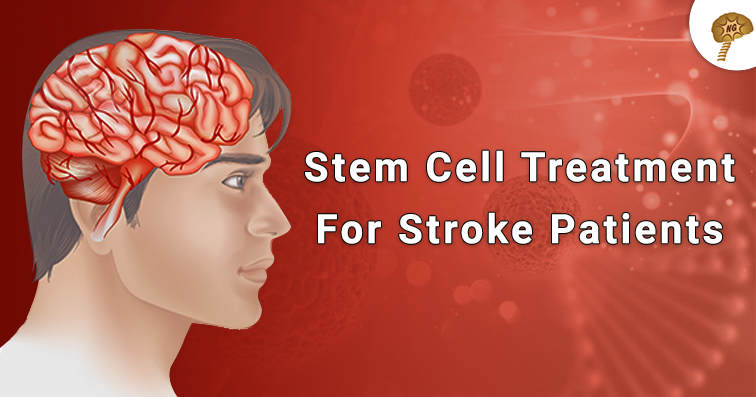
A stroke is a condition that occurs when the blood supply to the brain is cut off resulting in brain damage. The supply of oxygen and nutrients to the brain through blood stops, causing brain cells to die within minutes. This can result in very serious medical complications and even death. The damage that the brain suffers and the resulting complications can both be minimised through immediate medical intervention.
What are the Main Types of Stroke?
Ischaemic Stroke: The most common type of stroke. When the cause of the blood supply to brain getting interrupted is a blockage in the blood vessel by a blood clot or the thickening of artery walls, it is called an Ischaemic Stroke.
Hemorrhagic Stroke: This type of stroke is caused when a weakened blood vessel ruptures causing bleeding in the brain. This disrupts the blood flow leading to a Hemorrhagic Stroke.
What are the Symptoms of a Stroke?
The effects of a stroke on the functioning of a person range from mild motor deficit to involving many functions such as sensorimotor, perceptual, behavioural, emotional, memory, speech and language. Ultimately this affects daily activities. The common symptoms include:
- Weakness on one side of the body
- Inability to balance while sitting or standing
- Lack of bodily coordination
- Difficulty in speaking or understanding what others are saying
- Loss of vision
- Hearing problems
- Sudden, severe headache with no apparent cause
Stroke Stem Cell Treatment:
Once a stroke has occurred, the patient must be immediately given medical attention at a hospital. The initial medical treatment is given to save the patient’s life and remove the clot that caused the stroke. However, the damage sustained by the brain due to the stroke cannot be undone, it is permanent.
Still, with current commonly used medical approaches to stroke treatment, whether they are medical, surgical or rehabilitative, the physiological processes of a stroke and the resultant brain damage at the microcellular level cannot be reversed. This means there is a great need for better, more effective treatment approaches that focus on not only improving the symptoms of a stroke but also on repairing and restoring the functioning of the damaged neural tissue. Researchers and scientists recently have begun to consider stroke stem cell treatment.
Stroke treatment using stem cell therapy is possible because these cells possess unique properties such as self-multiplication and differentiation into different cell types. They can migrate to an affected area of the body and then regenerate and repair the damage inflicted during a stroke.
Recent research shows that stroke stem cell treatment may be possible using mesenchymal cells (adult stem cells found in the bone marrow). Increasingly, evidence has been found that indicates that mesenchymal stem cells promote functional recovery from ischaemic stroke in animal models. They can produce cytokines and trophic factors that increase blood and oxygen supply, neuroprotection as well as neuroprotection in the affected areas.
This has led many researchers and scientists to believe that stem cell therapy has tremendous potential for improving the quality of life and functioning of people who suffered a stroke.








